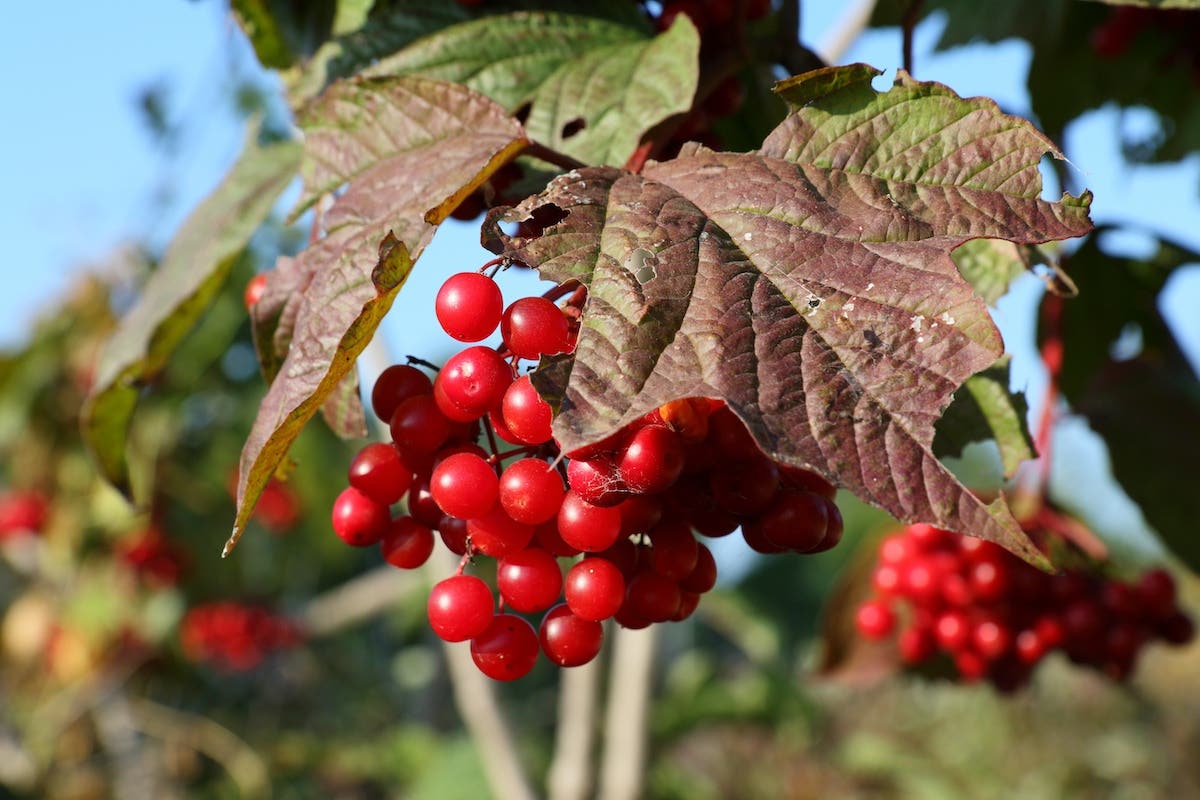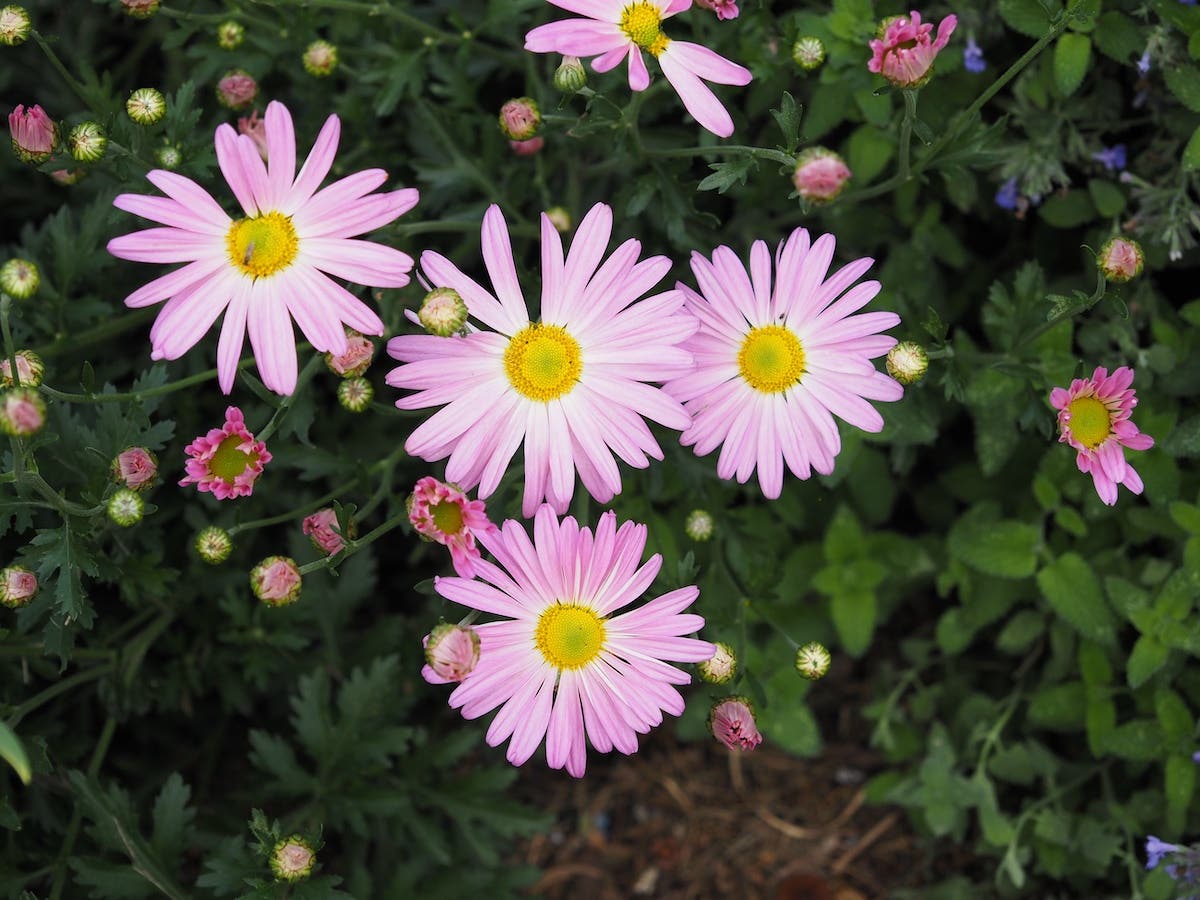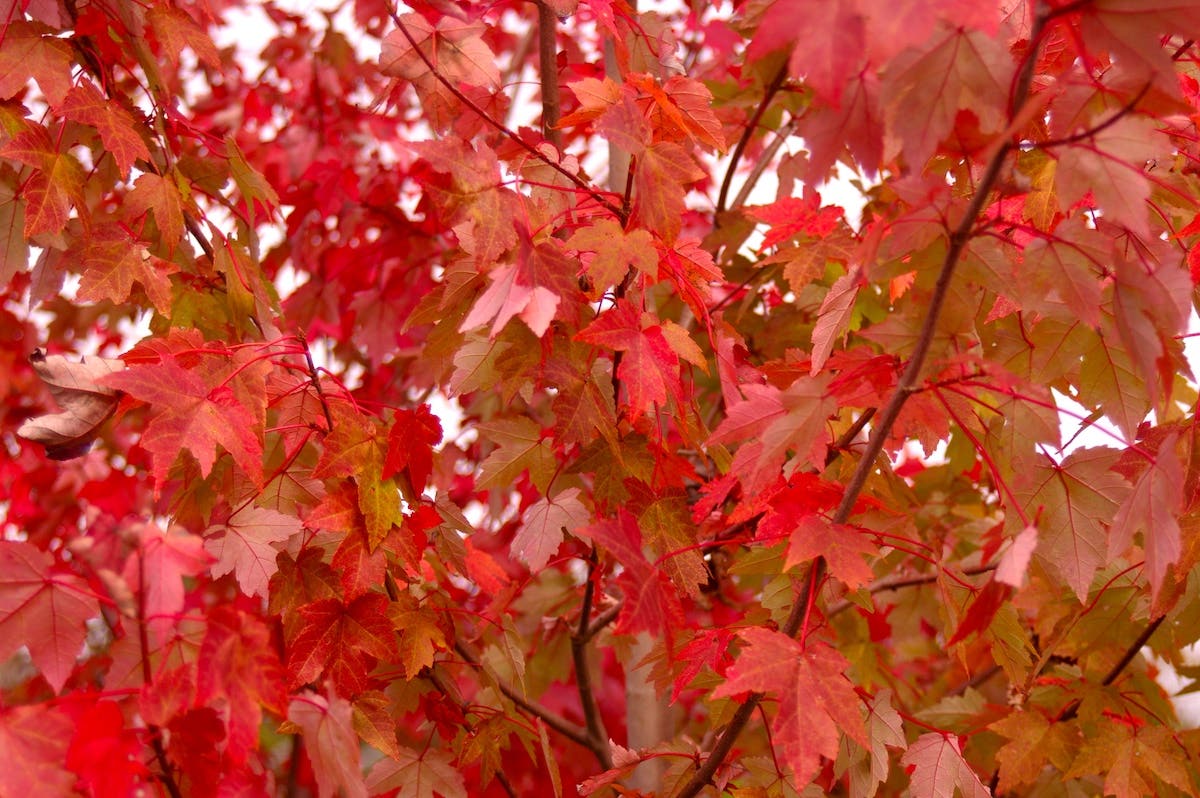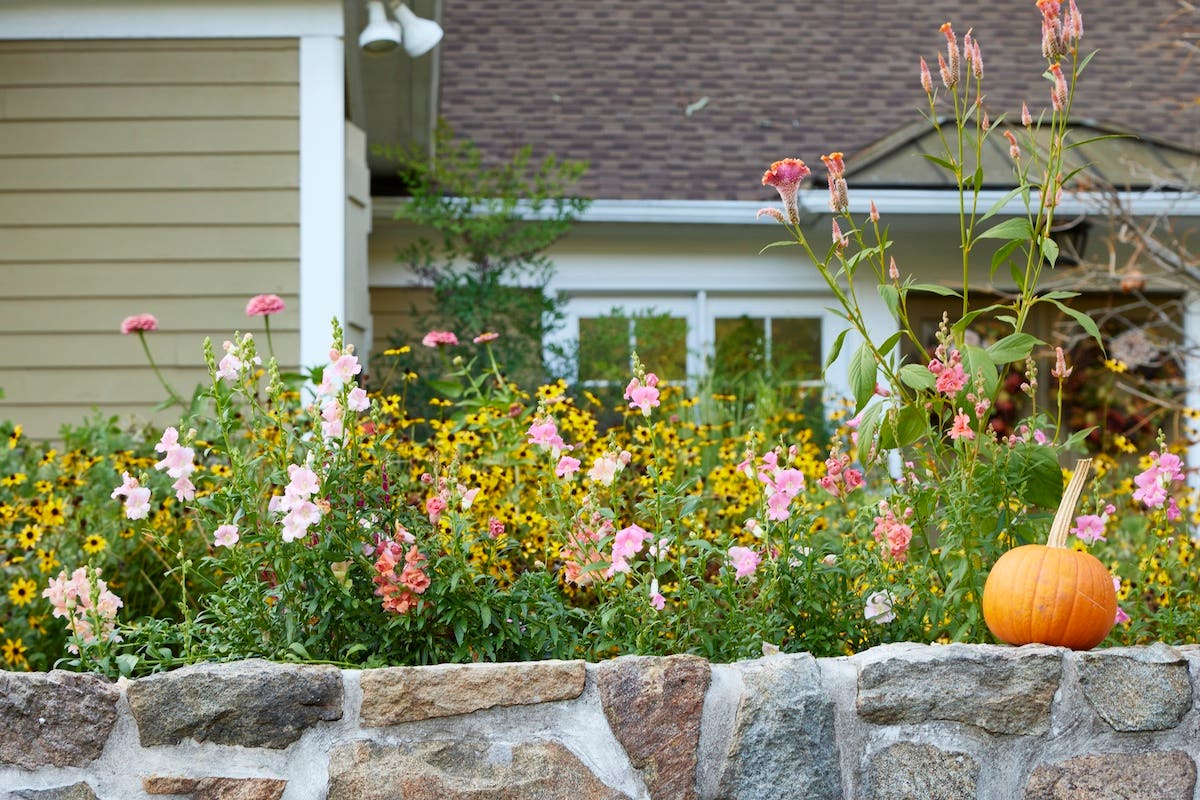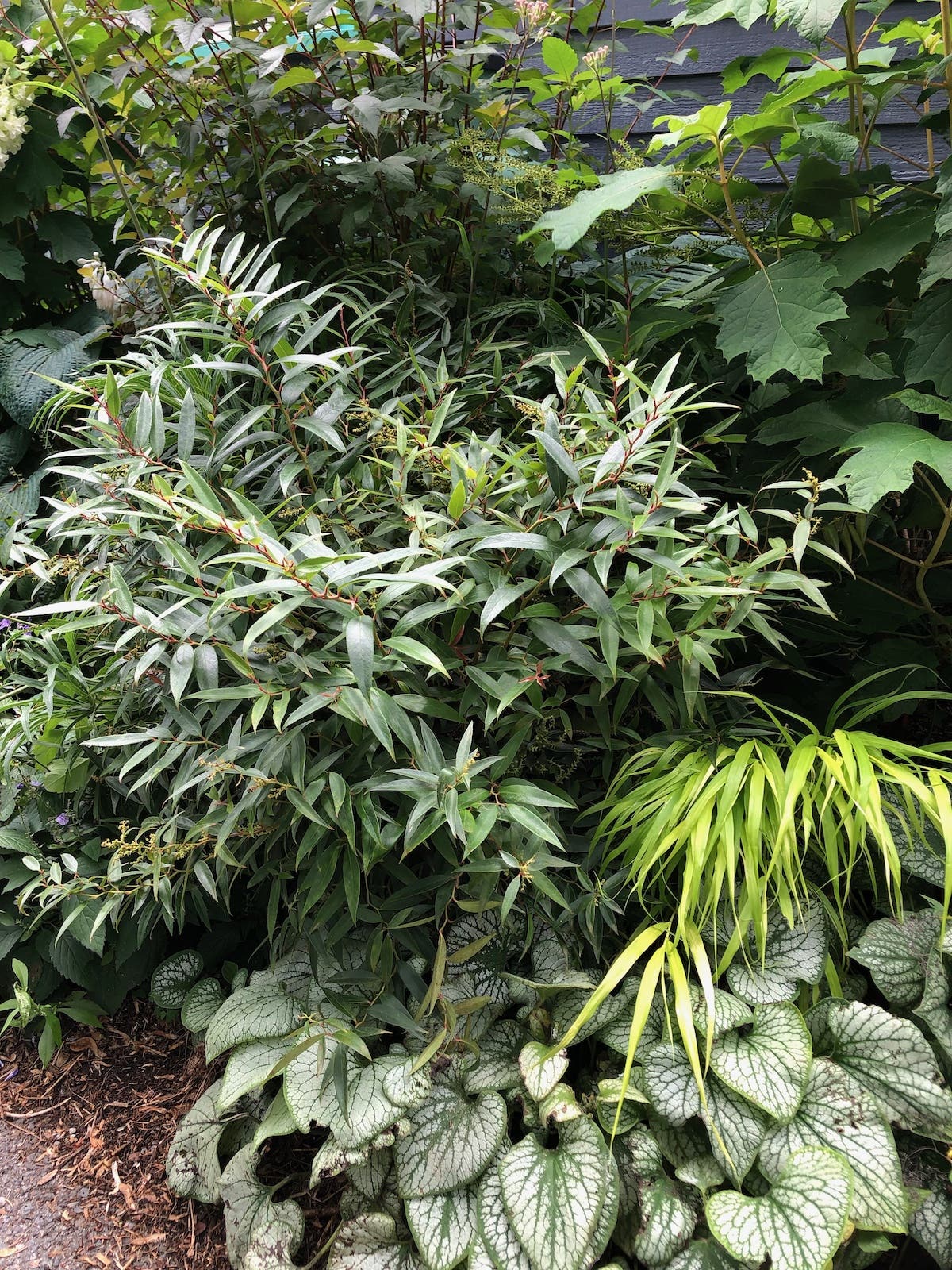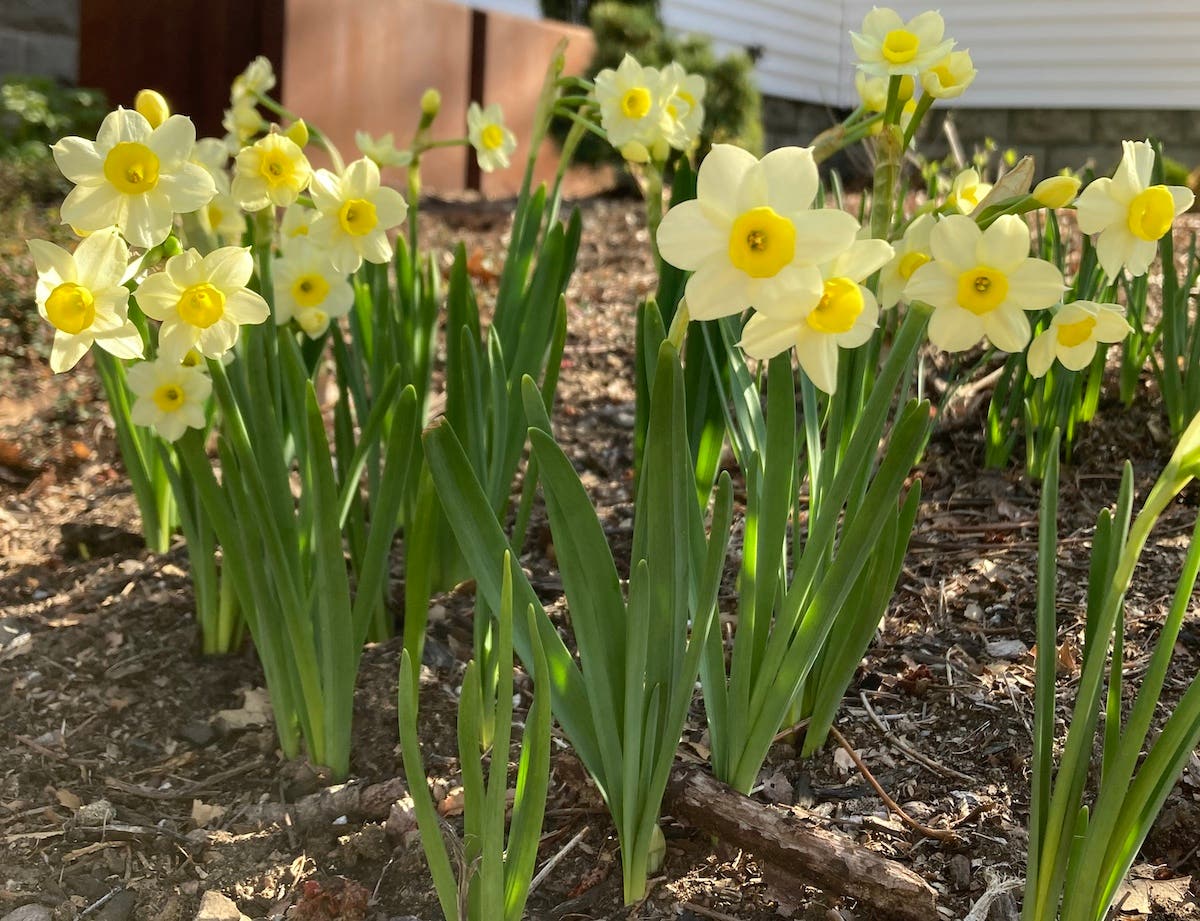If you've grown hybrid tulips in your garden, you've likely noticed that they bloom well in their first spring, but then disappear the following year or the year after that. Here's why that happens, and what to do to encourage tulips to be more permanent.
Why Tulips Don't Come Back
Hybrid tulips are not strongly perennial in most gardens. They are grown in sandy soil on Dutch bulb farms, fertilized precisely and tended so that the maximum energy will be drawn into the bulb before being dug and stored in climate-controlled warehouses. This ensures large bulbs that will bloom well one year. But then they typically split themselves into smaller bulbs that can take years to grow back to blooming size.
Also, tulips are native to areas, such as the Turkish mountains, where they receive no rainfall in summer and enjoy excellent drainage all year. Even in moderately damp conditions, tulip bulbs can easily rot.
Related: "Planting Bulbs: 5 Tips for Success"
Ways to Make Tulips Permanent
To increase your chances of having a repeat performance from tulips, there are a few things you can try:
1. Choose types that are more likely to return. These include Darwin Hybrid tulips; Fosteriana tulips; varieties described as Single Early and Single Late; and wild, or species, tulips (T. clusiana, kaufmanniana, gregii). These are all more apt to return for several years, though they still require excellent drainage and dry summers. Species tulips also spread by seed.
Related: Read more about species tulips.
2. Choose their spot wisely. Plant tulips in a site you will never water over the summer (see #5 if you don't have such a place).
3. Provide sharp drainage. Regular topdressings of organic matter like compost and shredded leaves can improve soil drainage.
4. Be patient after they bloom. Let the tulip foliage completely yellow before removing it; green leaves are working to feed the bulb.
5. Store the bulbs out of the garden for the summer. Lacking a summer-dry, fast-draining spot to grow tulips permanently, you can remove them from the ground while they're dormant. Dig up the bulbs after they bloom, lay them flat on bare soil (leaves in tact), cover the bulbs with a few inches of soil and wait for the leaves and stems to completely die. Then cut off the tops, let the bulbs air dry for a few days, and store them in a cool, dark, dry place. Replant them in late fall.
Related: "Solutions to Common Bulb Troubles"
Image credit: peganum/CC BY-SA 2.0


